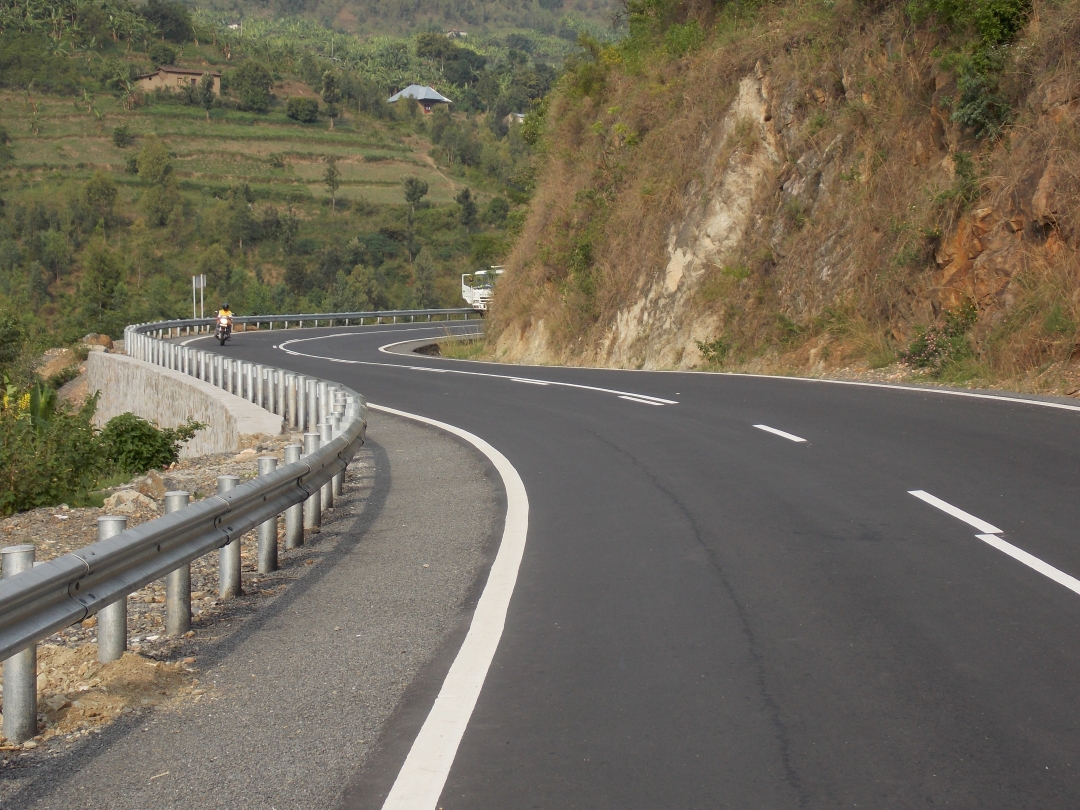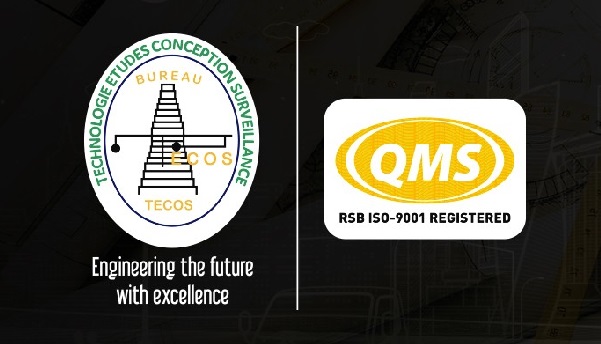
Rwanda’s Transport Development Authority (RTDA) faces a stern challenge to deliver on its mandate. Firstly, there are the budgetary restrictions that come with being a low-income country. Next, there is the country’s population density: At 416 people per square kilometre, Africa’s highest. Finally, Rwanda is known as the ‘land of a thousand hills’ - outlining, in the plainest of terms, what might be the biggest challenge of all.
And yet, despite the odds, RTDA continues to make notable progress in its transport ambitions, and the wider goal of ensuring that Rwanda becomes an upper-middle-income country by 2035. As a landlocked country, the country’s road, rail, and port infrastructure- the responsibility of RTDA - are an essential way for it to supercharge its growth. Business Excellence decided to take a closer look at the organization, which is central to Rwanda’s ambitions.
Background
The RTDA was founded in 2010, at a time when Rwanda’s roads were in dire condition. At the time, the country’s total classified road network was negligible - close to zero. In 2022, the country has in excess of 15,000 kilometres of classified roads. Furthermore, the World Economic Forum stated in 2022 that it has the third highest quality roads of any country in Africa - even ranking ahead of South Africa.
A shift of this magnitude may be historically unprecedented but it’s a sign of the RTDA’s ability to get things done, whether that’s through its own funds or public-private partnerships (PPPs) from a range of outside actors. Even now, with such a highly regarded road network, the RTDA hasn’t eased off on its relentless pursuit of improving the country’s infrastructure. In the section below, we look at some of the highlights of its investment and development program.
Road Investments
Perhaps the best place to start with Rwanda’s infrastructure projects is the refurbishment of the Rusumo-Kayonza Road. Funded by Japan International Cooperation Agency (JICA) and the World Bank, the road will be the result of an Rwf 59 billion (approximately US$57 million) investment. Underway since 2017, the road forms part of the Central Corridor that connects Tanzania’s capital, Dar Es Salaam, to Rwanda’s capital Kigali, as well as linking up with Burundi and Uganda.
Then, there’s the 92km road in the country’s Eastern Province connecting the Rusumo One Stop Border Post to the Kayonza district, and facilitating free trade with Rwanda’s neighbouring countries. Elsewhere in the Eastern province, construction of a series of urban roads is underway, with a cumulative investment of Rwf18 billion (US$17.5 million) in the Kayonza, Ngoma and the Kirehe districts.
Other investments include the construction and upgrade of the 53-kilometre Ngoma-Nyanza Road, expected to be delivered by Q4 2023 at a cost of Rwf64.9 billion (US$67 million), the OPEC-funded 36-kilometre Nyacyonga -Mukoto Road project, which will improve connections for over 2.5 million people, and the third phase of the ongoing rehabilitation of the Muhanga-Karongi road, encompassing a total road length of 82 kilometres.
Other Transport Initiatives
Roads aren’t the sole focus of RTDA. In the maritime transport sector, several projects are underway under its watchful eye. Combined, investments in these projects come to Rwf13.8 billion (US$13.4 million). Even as a landlocked country, the RTDA is aware that the country’s riverways - among them the 351-kilometre Nyabarongo and the 597-kilometre Kagera - can provide useful passageways for efficient, cost-effective transport of imports and exports.
The RTDA has already indicated that it intends to develop three major ports with a capacity of about 1.5 million passengers per year, projected to reach 2.8 million by 2036. A smaller port in Karongi has already started operations with capacity for about 300,000 passengers per year, extending to 400,000 by 2036. In terms of cargo, a maximum port cargo handling capacity has been projected at 580,000 tonnes.
Socio-Economic Importance
Without the vast mineral resources of some African countries, Rwanda depends on links with other countries to fuel its growth. The country’s Vision 2035 program identifies six interwoven pillars, including good governance and an efficient state, skilled human capital, a vibrant private sector, modern agriculture and livestock, and one more component: World class physical insfrastcture - arguably the pillar tying it all together.
All of the projects cited will almost immediately improve the quality of life for millions of Rwandans engaged in economic activities that include agriculture, mining, and tourism. They will also significantly enhance access to production areas, markets, and social amenities. Finally, the most obvious contribution they make is to boost trade with Rwanda’s neighbouring countries, giving its citizens access to much larger markets than was previously possible.
Partners and Suppliers
Improving transport infrastructure creates a virtuous cycle, one of which is easier access to partners and suppliers. RTDA has already developed a diverse partner network and this is likely to expand their ways of getting around improve. This begins with engineering in which its partners include local firms like TECOS, Hicogec, and SMEC International, all of which continue to provide invaluable engineering consultation on RTDA’s growling list of projects.
In construction, it works hand-in-hand on many of its projects with companies such as NPD Ltd., and Gavicon consultants, a construction consultation company. On the technology side, it collaborates with Charis Unmanned Aerial Solutions, Rwanda Speed Technology and Ntambch Transport Service, which enables it to rent much of the equipment that it requires on a one-off basis for each of its projects.
The RTDA Outlook
The RTDA is making it considerably easier to get around the land of a thousand hills. But instead of short-term gains, its focus is making Rwanda a middle-income country by 2035. Next on the agenda are 43 flyovers and a series of 4-laned roads enabling a smoother flow of transit in Kigali. Kigali International Airport will also soon be used to pilot the bus rapid transit (BRT) system as a way of reducing traffic congestion in the capital.
On the subjects of public transport, Nyabugogo Bus Terminal is also set to be extended, because as roads are expanded, public transport buses increase. They’ll get around more efficiently thanks to the 215 kilometres of road upgrades planned in the city by 2024. Anyone looking on can see that Rwanda still has a lot to do before reaching middle-income status in 2035. But thanks to RTDA, it’s firmly on the right road to achieving it.
DOWNLOAD
 RTDA - August 2022.pdf
RTDA - August 2022.pdf
















